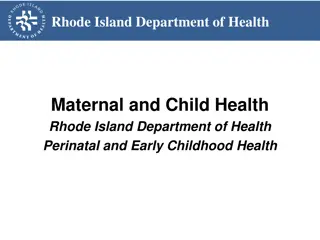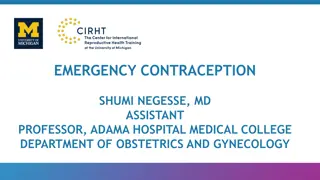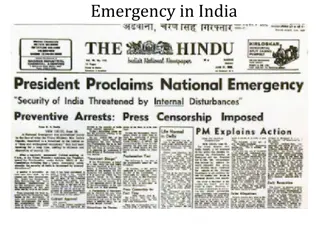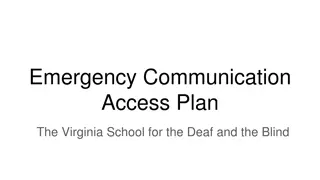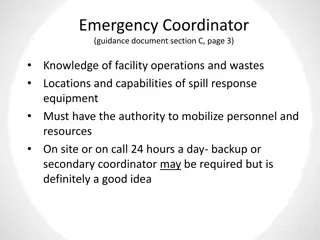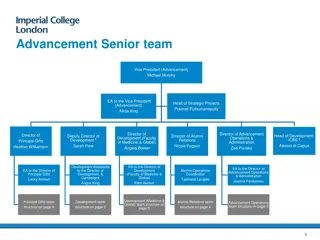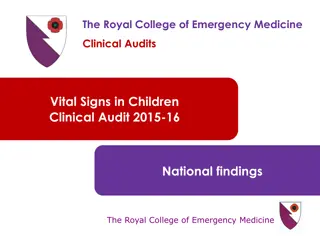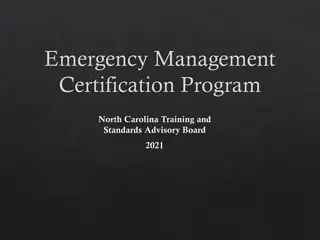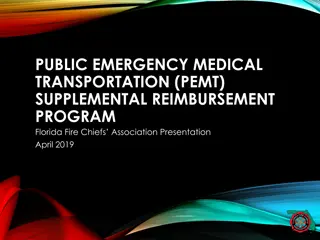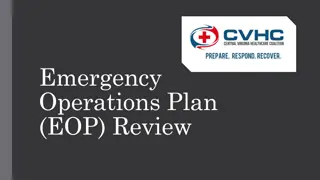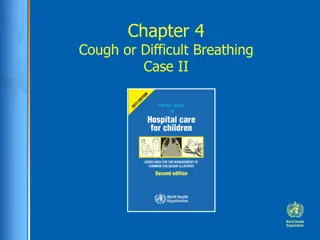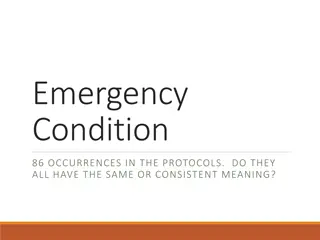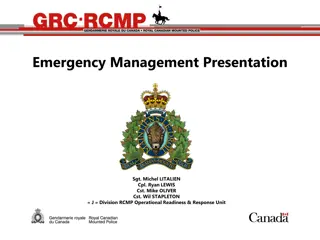Innovative Solutions for Overcrowding in Island Health Emergency Departments
Island Health Authority has implemented Rapid Admission & Discharge Units (RADUs) within their Emergency Departments to address overcrowding issues. These units aim to reduce inpatient stays, improve hospital capacity, and enhance patient care. Challenges include physical space constraints and staffing issues, but opportunities exist for expanding RADU philosophy to other hospitals in the region.
Download Presentation

Please find below an Image/Link to download the presentation.
The content on the website is provided AS IS for your information and personal use only. It may not be sold, licensed, or shared on other websites without obtaining consent from the author. Download presentation by click this link. If you encounter any issues during the download, it is possible that the publisher has removed the file from their server.
E N D
Presentation Transcript
Local solutions for overcrowding in the ED HEALTH AUTHORITY: ISLAND HEALTH
Overview of initiative Rapid Admission & Discharge Units (RADU)/Overnight Observation Units: Nanaimo Regional General Hospital (NRGH), Cowichan District Hospital (CDH), and most recently Royal Jubilee Hospital (RJH) have implemented RADU s within their Emergency Departments. These hybrid inpatient units are located within the ED s and are managed by the emergency physicians as MRP. Intending to focus inpatient stays of <48 hrs and avoid longer-term, full inpatient admissions, the intention of these RADU s is to improve overall hospital inpatient LOS and capacity via early discharge and support of those patients that don t need full hospital admissions. In Island Health, these RADU s are in their early stages of development and the benefits are still being determined through data capture and evaluation.
Opportunities: Opportunities exist in Island Health to expand the RADU philosophy to other large and community hospitals through engagement with local physician groups and administrative leads. Understanding that many inpatients can be supported in a RADU environment, overall LOS and capacity of hospitals will improve while also improving caregiver and patient experience.
Challenges: Physical space to operate RADU s within some existing ED s is a challenge, so this has resulted in virtual RADU s being set up (CDH as one example). RADU inpatients remain in ED stretchers/bays amongst existing ED outpatients, which can cause capacity pressures and flow-through issues at sites. Physician contract challenges (less remuneration for RADU shift versus ED shift) and ensuring adequate staffing resources available for all clinicians is an ongoing opportunity in the current and possible future RADU s within Isla.nd Health
Key Learnings/ Next Steps: Given that each existing RADU is at different stages of maturity, we will continue to focus on RADU expansion within Island Health ED s and engage via the ED Quality Council to ensure data capture and evaluation, staff recruitment and retention opportunities, as well as physician/clinician and patient evaluations.








